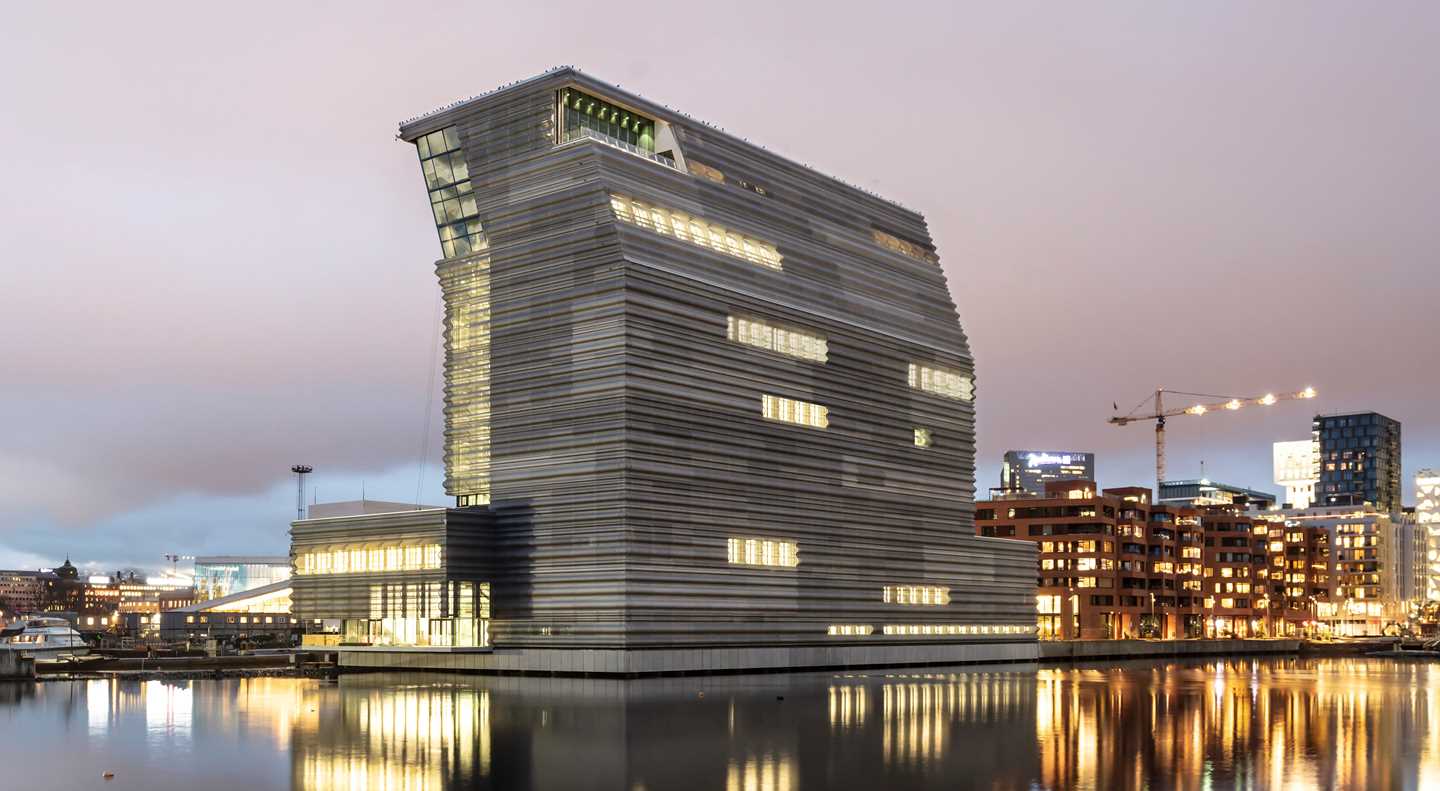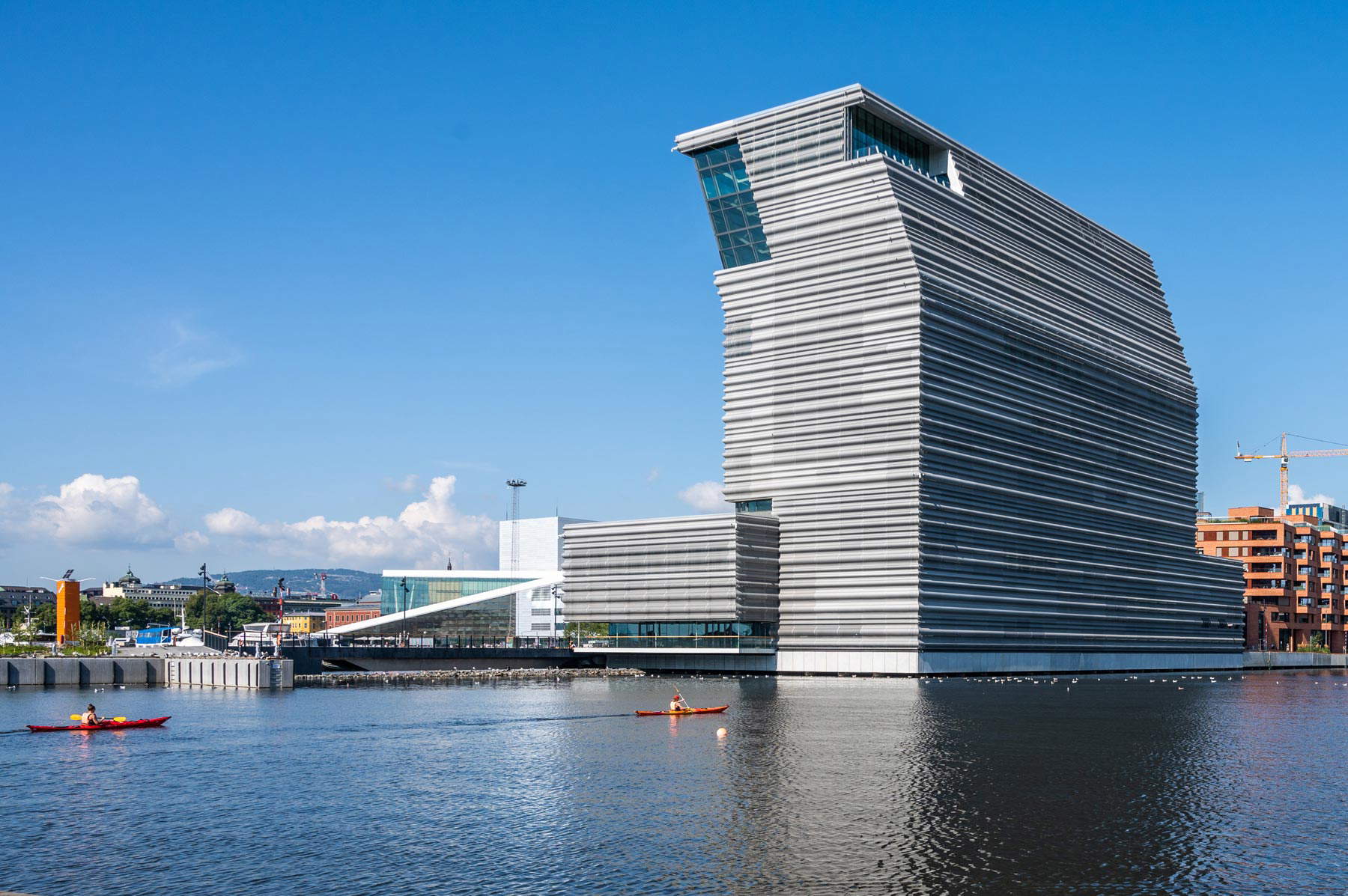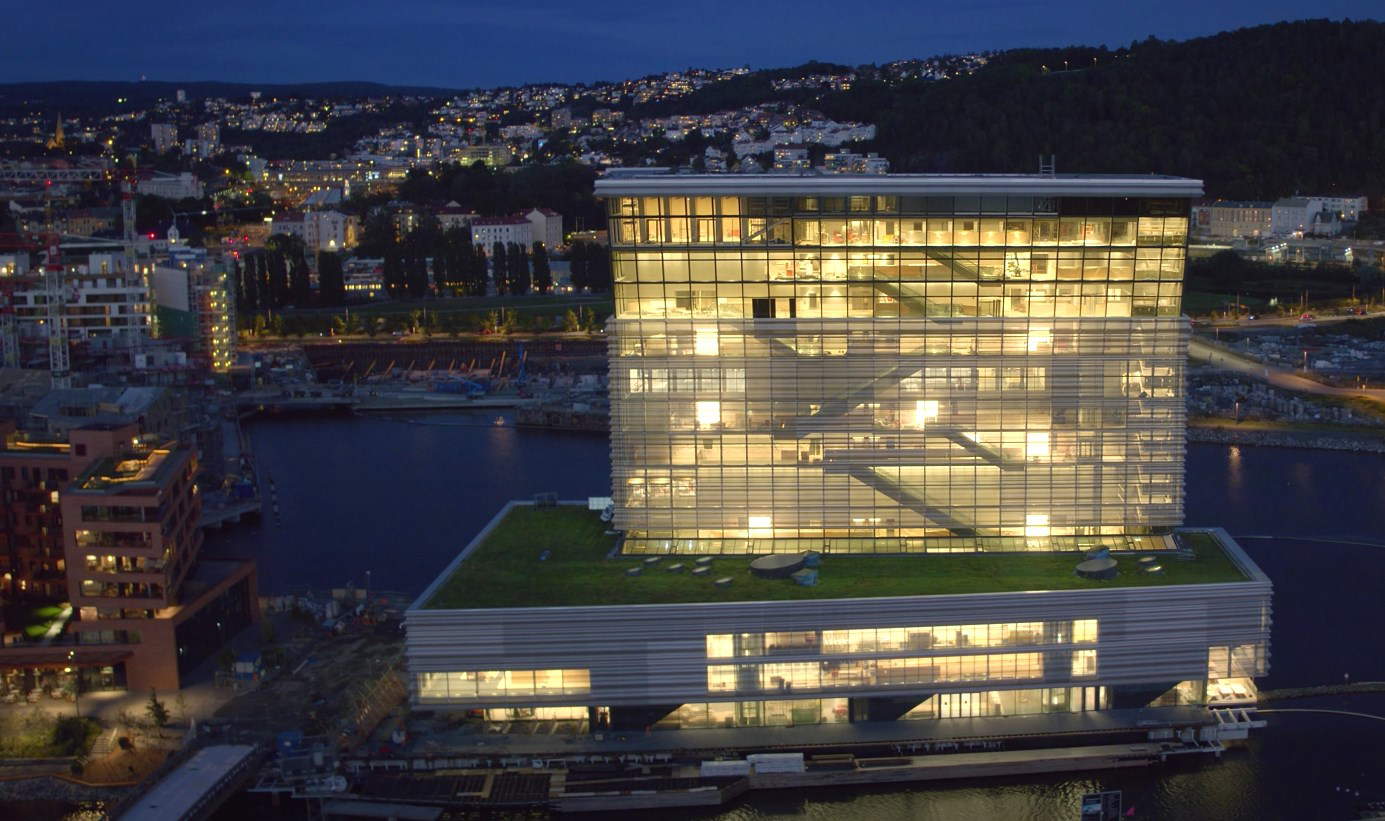The new Munchmuseet in Oslo is about to open. One of the world's largest for a single artist
Oslo’s new Munchmuseet will open in the summer of 2021, housed in a modern waterfront building in the Norwegian capital’s Bjørvika district. “More Munch than ever before, a world-class museum of modern and contemporary art, and a rich program of events and activities,” is how the Norwegian museum summarizes the opening in a note. The museum is home to the world’s largest collection of works by Edvard Munch (Løten, 1863 - Oslo, 1944), making it the premier destination for those wishing to learn more about the work of the great expressionist painter.
“The new museum,” the Munchmuseet points out, “will be a meeting place for everyone, for all kinds of cultural occasions. We want to broaden the idea of what a museum is, and open up the opportunity for new experiences and new points of view.” “Visitors to the new museum,” emphasizes Stein director Olav Henrichsen, “will always be able to learn about the highlights of Edvard Munch’s career, but there will also be exhibitions of works by other artists. In Bjørvika we will really be able to enhance the potential of our collection, and collaborations with other museums will allow us to bring works to Norway that have never been exhibited here before.” With its 26,000 square meters of floor space, 4,500 of which is exhibition space, the new Munchmuseet is poised to become one of the largest museums in the world dedicated to a single artist.
 |
| The new Munchmuseet |
The building: the design by architects Juan Herreros and Jens Richter
The Munchmuseet will be housed in a building, nearing completion, designed by Estudio Herreros, a leading Madrid architecture firm (in particular, the new Munchmuseet bears the signatures of Juan Herreros and Jens Richter), and has been designed with a view to its specificities as a museum venue in mind: it is widely presented as one of the most relevant projects started in Oslo in recent years. Construction of the building began in 2016 after a long debate about both what the museum would look like and where it would be built. The two architects envisioned a building that would be vertical: in fact, the new Munchmuseet is a sixty-meter-high tower that stands out in the Oslo skyline because of its leaning top. It will be a contemporary monument that will characterize the capital. “The façade of the building,” says Richter of Estudio Herreros, “will give Munch on Bjørvika Bay an enigmatic and ever-changing presence, because it will be able to reflect the exciting light of Oslo, which is constantly changing throughout the day and throughout the seasons.” The façade is covered in perforated aluminum that allows light to rest on the building, allowing it to change color throughout the day.
The tower is basically divided into two sections, one “static” and one “dynamic.” The “static” area is the one that houses the works of art, housed in rooms of different sizes, but designed to ensure, of course, constant climatic and lighting conditions for optimal preservation of the works that the museum houses. The “dynamic” area, on the other hand, is reserved for the public and guarantees numerous views of the city: it will be another of the “attractions” of the new Munchmuseet. Indeed, the architects’ idea is to take the public to discover not only the works of art, but also Oslo and its history. Therefore, the building will help establish strong links between Munch and the urban area.
It will also be an environmentally conscious building: the facilities have been designed for maximum energy conservation and to allow natural ventilation in the dynamic zone. In addition, the facade has been designed to prevent excessive overheating during the summer. All choices, Estudio Herreros points out, were guided by a climate-based approach. The construction itself was made using largely recycled steel. “The building, its conceptual approach and its construction systems,” says Juan Herreros, “are intended to be an expression of Norwegian society’s collective commitment to the environment, so as to reflect the challenges of the present and the desire for innovation that will lead us into a better future.”
 |
| The new Munchmuseet |
What the new museum will look like
Eleven different galleries to tell the story of Edvard Munch’s art and that of the context in which he worked, in renovated rooms that “for the first time,” the museum explains in a note, “will grant the works the space they deserve: Munch’s monumental works, the largest works he ever created, will be able to be admired in a special gallery twice as high as the other rooms.” About 200 of Munch’s works will be on display. There will also be rooms dedicated to contemporary art and rooms for temporary exhibitions: in particular, winners of the annual Edvard Munch Art Award will henceforth be able to have a solo exhibition in the spaces of the new museum.
Still, the more than 26,000 square meters of floor space will also see concert halls, a cinema, a restaurant, a cafeteria on the ground floor, a bar with a terrace, a store where one can find books, design objects, and of course Munch-themed gadgets, conference rooms, and multifunctional rooms that can be rented out. The rooms are arranged on thirteen floors. The Munchmuseet also will host music, performances, film schedules, and art meetings: the Main Hall will be able to accommodate up to 700 people, and there will also be a Top Hall on the twelfth floor, with a rooftop terrace that will allow the public a view of the city and the fjord. The museum’s aim is to engage and inspire its audiences through the use of spaces in innovative ways. There will be no shortage of traditional guided tours and educational activities aimed at the entire public.
 |
| The new Munchmuseet |
 |
| The new Munchmuseet in Oslo is about to open. One of the world's largest for a single artist |
Warning: the translation into English of the original Italian article was created using automatic tools. We undertake to review all articles, but we do not guarantee the total absence of inaccuracies in the translation due to the program. You can find the original by clicking on the ITA button. If you find any mistake,please contact us.





























